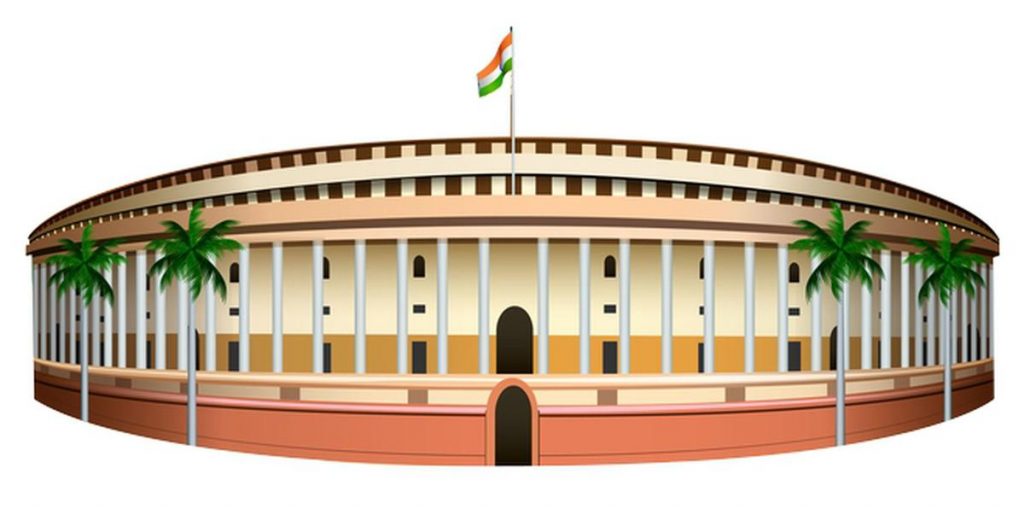With increased economic clout comes increased global participation, which explains the expansion in the cadre strength of the Indian Foreign Service. In the run-up to this decision, a parliamentary panel’s proposal noted that IFS is understaffed in comparison to several other countries’ foreign services. The long-awaited increase in IFS cadre strength should prompt a reconsideration of the nature of Indian bureaucracy, a phrase that includes all public employment. The first thing to make is that the general perception of an overburdened government is wrong.
According to the findings of political scientist Devesh Kapur, India’s bureaucratic strength peaked in 1986, with 19,000 officials per million people. Since then, the ratio has fallen, and in the 1990s, government employment was around 2% of the population, well below the Asian average of 2.6%. In a cross-country comparison, the bureaucracy is insufficient. Kapur noticed that the bureaucracy delivers on episodic events such as elections, which have a set end date. However, when it comes to everyday occurrences like providing civic amenities, the outcome is woefully inadequate. A potential reason is the bureaucracy distribution among three government levels: central, state, and local.
Local governments in India lag well behind states and the GOI regarding bureaucratic power. In China and the United States, local governments employ the majority of bureaucrats. This has definitely not harmed either American or Chinese state capabilities. Separately, governments in the region must reconsider the recruitment procedure for the bureaucracy. Are most candidates prepared for the employment demands of a complicated world? Is there sufficient specialization? Modern governments have progressed from directly operating factories to controlling economic activity. Whether it is IFS dealing with FTAS or other services dealing with complicated policy quandaries, bureaucracy needs additional recruitment and domain competence.




























